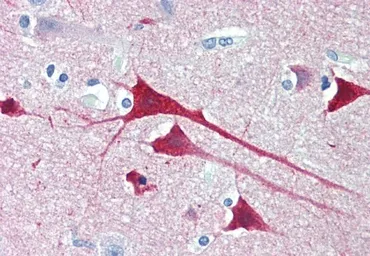Neurogranin antibody, Internal
Cat. No. GTX88301
Cat. No. GTX88301
-
HostGoat
-
ClonalityPolyclonal
-
IsotypeIgG
-
ApplicationsWB IHC-P
-
ReactivityHuman

